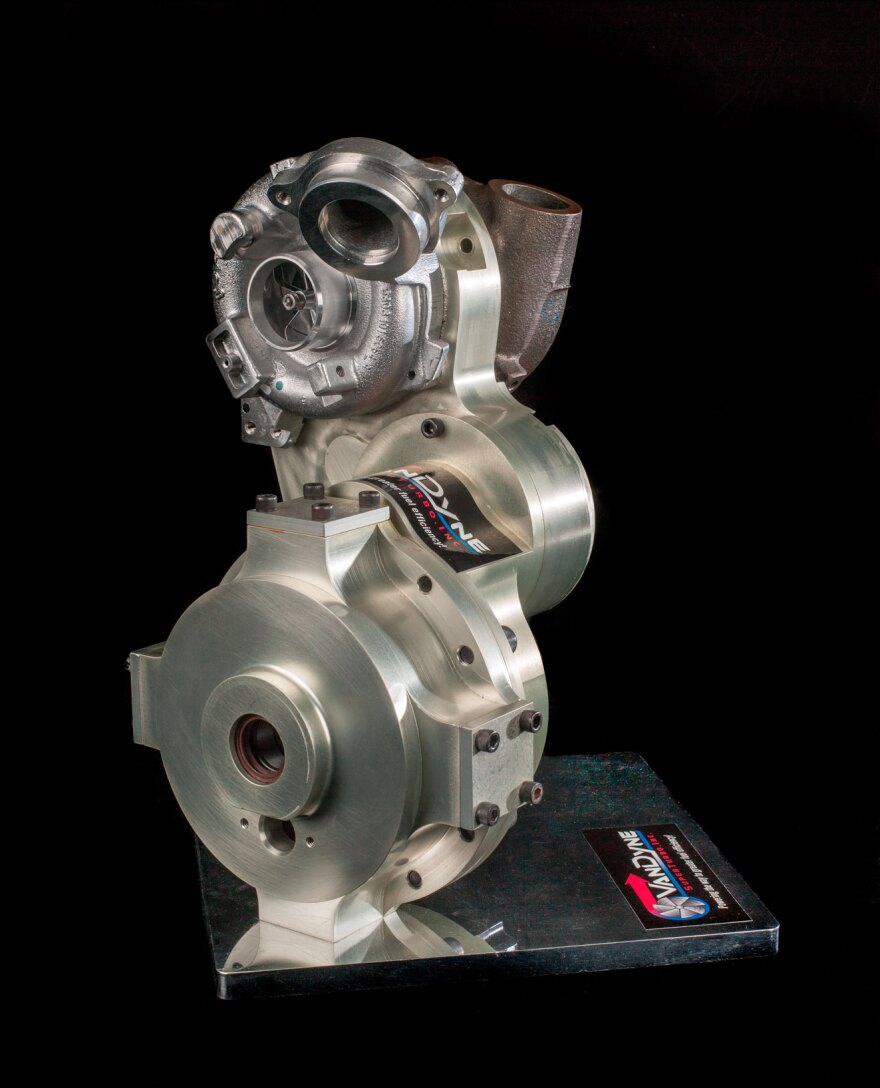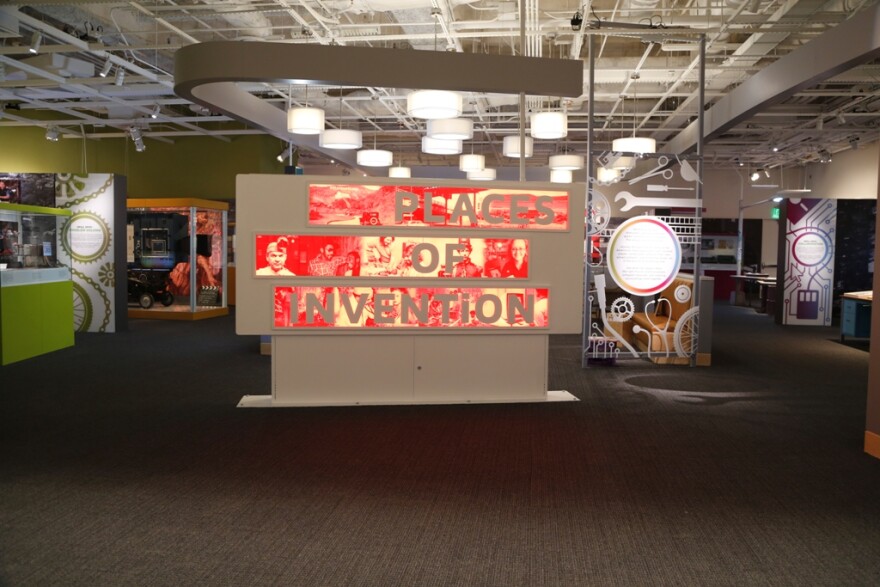Fort Collins is one of six communities featured in a new exhibition at the Smithsonian’s National Museum of American History in Washington, D.C.
Places of Invention explores the idea of how location can shape innovation, examining cities where a mix of resources, inventive people, and an inspiring environment have caused invention to flourish.
Defining a "place of invention" is a challenge, according to Joyce Bedi, Senior Historian with the Smithsonian’s Lemelson Center, which has been studying the idea of invention for two decades.
"There is no recipe -- there’s not a common list of things that, if you have all of these, you’ll have a place of invention," Bedi said. "But we have noticed some common characteristics that go across all the places that we’re talking about in the exhibition and others that we’ve looked at over the years."
Those include a spirit of collaboration and communication, flexibility and adaptability, and a culture of risk-taking.
The featured communities span from Hartford, Conn. in the late 1800s as a center for commerce and insurance, to 1930s Hollywood, to the Bronx in the 1970s with the evolution of hip-hop, and Silicon Valley in the '70s and '80s.
Bedi, who is the curator for the Fort Collins exhibit, says the city was chosen as the newest "place of invention" not only for is its innovations in sustainability and clean energy, but also because the city's story is still evolving.
"We really wanted to include a contemporary place – a place that was still blooming, blossoming if you will – that the end story wasn’t known," Bedi said. "We wanted to see if these ideas we had about common characteristics and how places of invention develop seen in historical examples applied to a current place of invention."

Fort Collins’ portion of the exhibit will highlight local companies including New Belgium Brewing and VanDyne SuperTurbo, as well as clean-energy innovations that have been developed at Colorado State University.
Although clean-energy technology and high-tech startups are a big part of the city’s innovation culture, Bedi says being a place of invention certainly isn’t all work and no play.
"What we’re really talking about is a place with a really high level of creative people," Bedi said. "You have people in Fort Collins who appreciate creativity in all forms. And I think it comes out in super-turbos and improved batteries – and some of it comes out in pianos on the street and sculpture on every corner."
The 3500-square-foot exhibition opens at the National Museum of American History July 1, 2015, and is slated to remain open until at least 2020. Visitors are invited to nominate their own communities as "places of invention" – either at the exhibit or online.

Interview highlights
What defines a Place of Invention?
"There are some common characteristics. Flexibility and adaptability -- a place that’s willing to take risks, that’s open to change; a place that embodies collaboration, where people like to share ideas and bounce ideas off each other; and a place that has good communication, where people talk to each other about their new ideas, even if those people aren’t directly involved in the research."
What’s the role of informal gathering places in innovation culture?
"In the exhibition we have a section devoted to gathering spots. It’s important to keep in mind that invention typically doesn’t happen on a 9-to-5 schedule. When you’re thinking through a problem, bouncing ideas off peers -- this is all part of the invention process. And those things can happen anywhere at any time. Having a spot away from the workplace to unwind with friends and colleagues fosters unfettered conversations that can lead to new ideas and new approaches for whatever task is at hand.
We’re fortunate that New Belgium Brewing Company donated two stools from their tasting room. So we will have authentic New Belgium barstools for visitors to sit on, and reading boards explaining what the role of that gathering spot is."
Are there downsides to being a Place of Invention?
"I think [it’s possible that] if competition becomes so aggressive, it can block transparency, and that hinders research and collaboration. If that sharing of ideas gets clamped down because you’re trying to get to market before that other guy – I think that could taint the whole excitement of being a place of invention.
[Also] in our studies, we see that these hot spots of invention don’t last forever. So there’s always that uncertainty: Have we reached our peak? Are we past our peak? How long can we sustain this? I think can be a worry, but I also think it can be a push to keep going, to try new things, to take more risks. And I think risk-taking is one of the most important characteristics we see in places of invention, that openness to new ideas."







